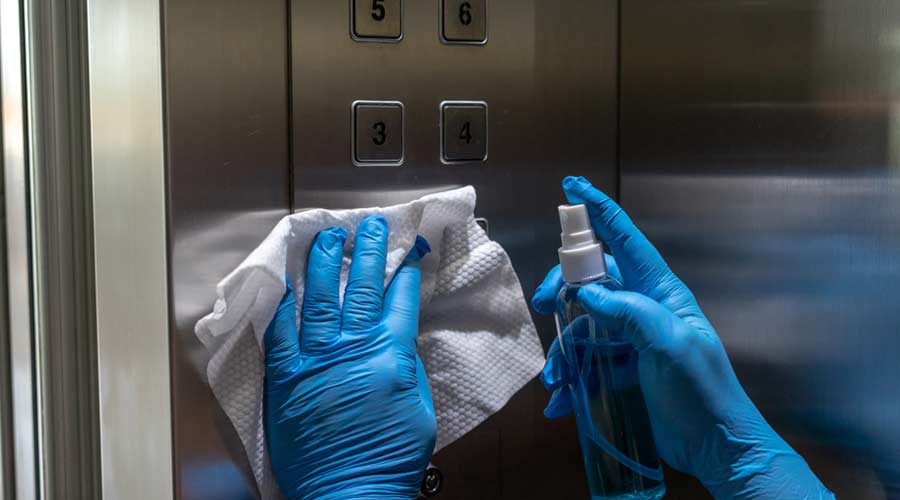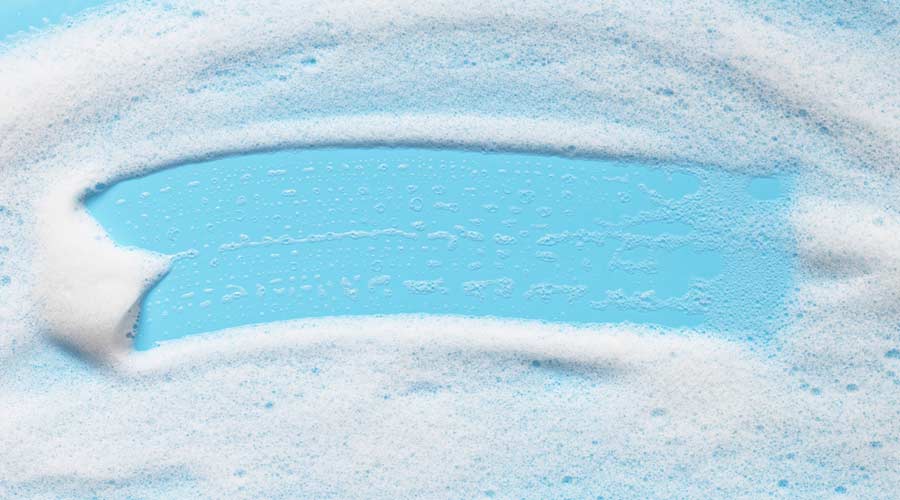
By Dusty Deringer, VP of Experience, Compass One Healthcare
Admission rates in the Emergency Departments (ED) of our nation’s hospitals have skyrocketed in the past five years, with some facilities reporting increases as high as 86 percent.
As the primary entry point for many patients, the ED plays a key role in shaping their perceptions of a hospital’s cleanliness, but as patient volumes increase, cleanliness scores tend to decline. Perceptions of cleanliness also influence a patient’s overall experience, and this surge in admissions stretches a hospital’s resources, making it harder to provide consistently excellent experiences.
We partnered with Press Ganey on a new e-Book, “The front door of healthcare redefined,” to identify actionable strategies that can improve services and the patient experience.
By leveraging the strategies discussed in this e-book, such as enhancing environmental services and providing tiered menus and hot meals, hospital leaders can transform their EDs, close the experience gap, and drive meaningful, lasting improvements while remaining competitive.
Perception of Cleanliness is Tied to the Overall ED Experience
Our research has uncovered some startling results. One of the most important is that Patient Experience scores for ED admissions lag behind patients admitted directly to the hospital by up to 30 percentile points in both six- and 12-month data analyses.
Since these patients spend much of their time waiting for help, it’s not surprising that ED cleanliness has a strong correlation to many items in patient experience surveys. An analysis of 875 EDs nationwide shows that “cleanliness of ER/ED” is highly correlated with all survey items. We found the top three factors impacting surveys were:
- Wait time to treatment area
- Comfort of waiting area
- Cleanliness of ED/ER
The highest correlations found in our surveys are in these three categories: “Likelihood to Recommend,” “The staff worked together to care for you,” and “The staff cared about you as a person.”
Solutions That Can Turn the Tide
Our research has made one thing clear: To improve the patient experience and potentially lower costs, hospitals need to rethink their approach to the ED, including the impact of environmental services (EVS).
Several initiatives have shown promise in improving cleanliness as well as patient perceptions of cleanliness. In many cases, they’ve also significantly increased patient experience scores. These include:
Have a Patient “Room Refresher.” A “room refresher” is a person who is a part of the EVS team, increases the awareness of housekeeping’s efforts while providing a more thorough and engaging daily clean. By interacting with patients and their families, these people set expectations of EVS, provide a higher level of cleanliness, and project the image of clean with highly visible cleaning protocols.
Appoint a Concierge. This person has multiple responsibilities that are highly visible to patients waiting to see a nurse or doctor. These include cleaning wiping down seats, removing trash, maintaining the waiting room, sanitizing wheelchairs, as well as sharing information about amenities and activities with patients and their families, and offering food while they wait.
Early pilot programs show a significant lift in perceived cleanliness and experience when these strategies are implemented. One pilot location, after hiring a weekday “room refresher,” saw a 6-point top-box increase in patient experience scores.
Two months later, these facilities added a refresher for weekend coverage and have since maintained top-box scores for five straight months. These gains were part of a larger strategy to drive improvements at pilot facilities. After putting a few best practices into action, facilities reported a 10 percent increase in patient experience scores, while nursing teams benefited from streamlined processes and reduced workloads.
Turning Best Practices into Better ED Experiences
Managing peak volumes, reducing wait times, and improving a patient’s experience requires a cohesive, proactive approach. Leaders can take a page from a top hospital’s playbook with key strategies that can have a significant impact. These include:
- Leverage Epic reports to pinpoint high-traffic periods and adjust resources accordingly;
- Prioritize patient comfort with proactive room visits and enhanced daily cleaning for those who’ve been waiting over six hours;
- Actively round on patients to identify sources of frustration, predict patients’ needs, and improve outcomes;
- Designate ambassadors to lead service recovery and patient visitations, as well as create more meaningful interactions.
When these strategies come together, they don’t just improve workflows, they elevate the entire patient experience.
Patient perception can dramatically impact the reputation and financial well-being of any healthcare facility, especially in our new era of patient experience scores and social media. Organizations have a major opportunity to address issues affecting ED patients by taking a fresh approach to this challenge and implementing solutions that positively impact experience scores, as well as the bottom line.
Dusty Deringer is the Vice President of Experience for Compass One Healthcare, which includes Crothall Healthcare. Crothall is the leading specialized, high-quality, innovative, and responsive support service provider in healthcare. Dusty and his team work with operations and hospitals throughout the U.S. to improve patient and clinical caregiver experiences.
posted on 5/28/2025

 The Down and Dirty on Cleaning in Virus Season
The Down and Dirty on Cleaning in Virus Season How Surfactant Use is Expanding in Commercial Cleaning
How Surfactant Use is Expanding in Commercial Cleaning